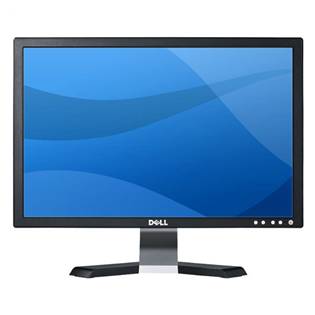Originally posted on April 10, 2007 @ 4:41 am
Lately, I’ve been using Meraki Mesh routers to set up saturated WiFi environments on the fly at conferences and in small communities. Mesh technology has been floating on the tongues of wireless aficionados for close to a decade now. But until now, it’s either been a fantasy of what could be or an ultra-expensive reality.
Meraki is different. Meraki is not only an affordable technology, but it’s a simple and easy to use technology. Anyone, and I mean anyone, can set a Meraki wireless network up.
Straight out of the box, all you need are a few Meraki routers and an internet pipeline. Got DSL or Cable? Then you’re golden. You can set up a Meraki network for your entire block. Just connect one unit’s ethernet port via ethernet cable into your internet enabled router, give some electricity to the other Meraki routers, and so long as the routers can see each other, you’ve got a self-configured, self-healing wireless mesh network. It’s great for conferences where you need a saturated wireless environment, and it works well for wireless hotspots too because with several routers the signal gets sent out at a variety of angles, and you can get rid of the dreaded dead spot.
While it’s simple to set up, Meraki lets you fine tune, monitor and control your wireless network via a web GUI interface. You can rename the network, change the network’s wireless channel, setup a captive portal, and even enable the billing system to charge people for accessing your wireless network. Community-level ISPs anybody? Worried about bandwidth hogging? Not a problem. Meraki gives you the option of setting user-level bandwidth limits.
What excites me most about Meraki’s technology is that it puts the power of setting up wireless networks virtually anywhere, anytime in the hands of almost anybody. This has the potential to be a disruptive technology to the core.
So what are the limitations of Meraki? Well, for one, they are single radio units so bandwidth gets cut in half with each hop. That means that you shouldn’t have more than 4 hops between any Meraki router and the internet pipeline. While it’s possible to cover an entire block with a single internet connection, it wouldn’t be easy to cover much more.
Currently, I’m working to setup a Meraki network that spans over 90 blocks. That means we’ll need about 90 DSL connections to make the project work. The cheapest business class DSL we can find in our area is $69.99/month per line, so that translates into well over $6,000. Not cheap.
One thing we’d like to see from Meraki going into the future is a solution for larger scale projects. This would involve making a more powerful outdoor unit than the current 60mW version.
Despite the negatives, Meraki has to be congratulated for putting together such a fine product that actually works straight out of the box with zero configuration. Not only that, but they’ve truly upped the ante by including a feature rich Admin Dashboard for each network that allows complete control over each unit. From map mashups to pinging to router restarting to bandwidth control and billing, Meraki has what it takes to make dead spots a thing of the past.
 A year ago my friend suggested that I either buy two monitors for a single machine or buy a really big widescreen. According to him, having either of these two monitor solutions would double my productivity. I hardly believed him. It seemed like an exaggeration.
A year ago my friend suggested that I either buy two monitors for a single machine or buy a really big widescreen. According to him, having either of these two monitor solutions would double my productivity. I hardly believed him. It seemed like an exaggeration.